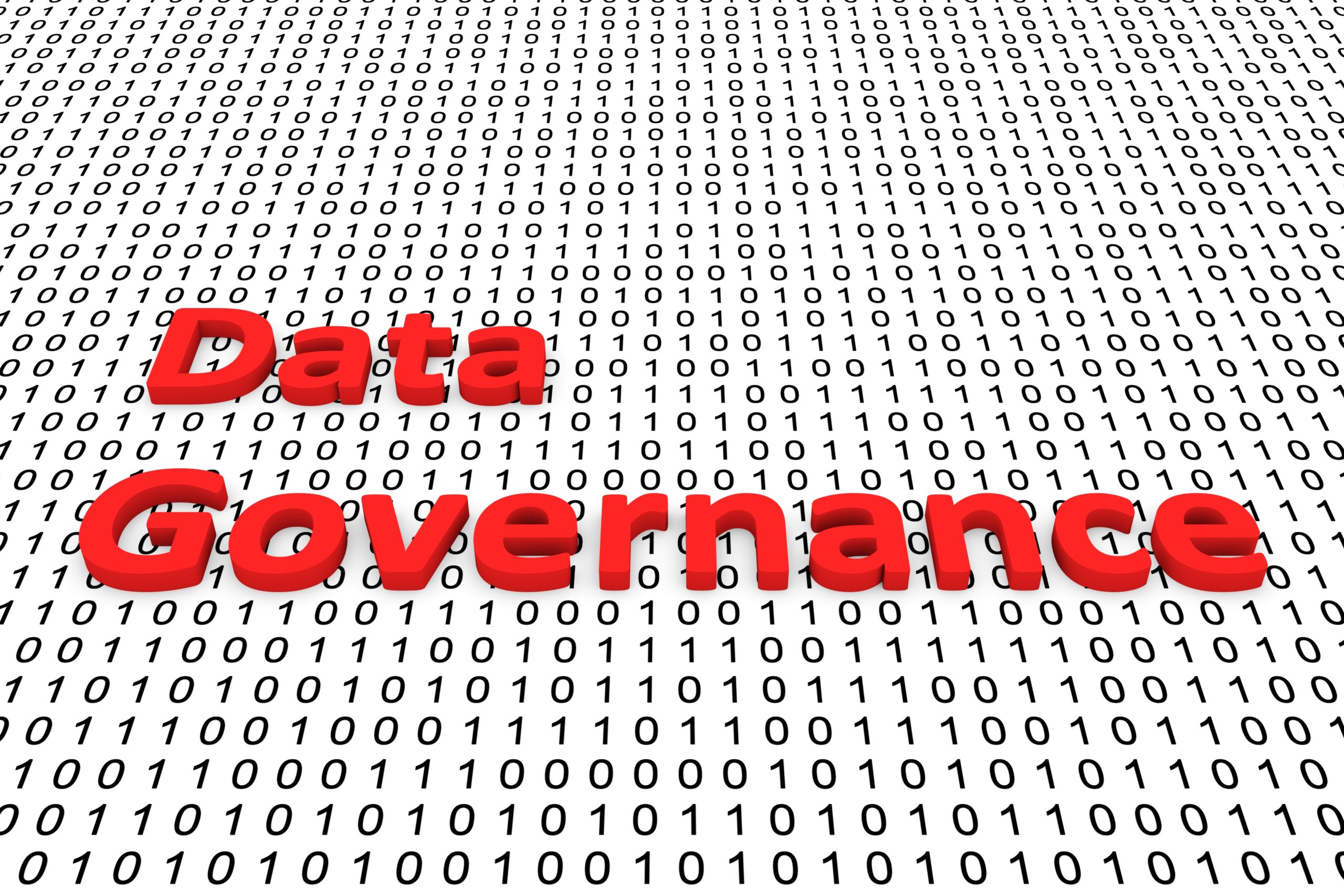Data Monetizations Impact on Data Governance

In our previous discussion we explored the application of data governance programs to legacy technology platforms. We explored methods to ensure high levels of integrity with data managed on these legacy platforms and what organizational investments allow us to reduce risk and automate ever-higher percentages of data management activities.
Today we explore data monetization and the necessary policies to govern data that is consumed by outside organizations. Monetization occurs by transforming internal data sets and exposing them externally as data products. Data products take on added support obligations, quality standards and rights of reuse that are key to defining policies, architecting our systems and modeling our data sets. Previous discussions (
Link) have reviewed the technical platforms available to assist organizations in the process of monetizing their data sets.
Data monetization can take a variety of forms but is most commonly the sale or trade of a companies data assets with another organization that finds value in the data and trends it exposes. Companies will often look too monetize their data to open up new revenue streams and new avenues for partnerships within their industry or across industries. Many industries have created clearing houses where participants can put their data into a pool to gain access to larger more diverse data sets across the other participants. Most often the path to monetizing data assets starts with the Chief Data Officer of Chief Digital Officer as they look to grow a companies revenue & reach.
The primary concern with many data monetization projects is the privacy and legal aspects of exposing data to outside entities. You must be careful to review the rights you have and ownership of data that may have been produced by your customers. These vary by geography, industry and specific customer agreements signed at the time of data acquisition. Some key terms that come in when determining what data is available to be monetized:
-
Relevance – The first measure of a data sets ability to be shared for monetization is the ability for the data to be useful to outside parties. Does the data tell a story about behaviors that can be exploited for other organizations to make more impactful decisions or personalize their products? If this is the case, there is a strong value proposition to share the data.
-
Acceptable Use – The next measure is reviewing if current policies and customer statements allow the use in the intended way for monetization. Many countries have laws that require disclosure to consumers about how their data will be shared and consumed. These policies must clearly state how and where the data will be exchanged and utilized. If current agreements do not allow this consumption and sharing they must be updated and consumers notified before data products are launched for sale.
-
Allowed Use – Some data types and locations require explicit consumer agreement before data is shared. A data protection agreement is most common form of this consent that explains to the consumer or data owner how their data will be used and obtains their explicit permission for this narrow use.
Once we have determined what data can be shared we must explore the governance structures that need to be built to ensure a high quality and compliant data product is produced and managed over time:
-
Geographic – The location of data has two dimensions for consideration when developing data products to monetize, relevance and acceptable use. Relevance is the applicability of the data to the consumer of the data product. Many times data products that are shared for monetization only cover specific geographic areas, this is important when determining which avenues to market your data product and who would find the most value from it. Acceptable use is the other dimensions, we must be sure that the geography where the data was collected allows for the type of monetization targeted.
-
Consumer Obligations & Expectations – All data sets that are exposed for monetization should include annotation about the allowed use of data and any explicit consent’s received about the use and retention of data. By ensuring data is appropriately described with metadata about use downstream data engineering teams can ensure data owners wishes are met and enforced at every step of data transformation or consumption.
-
Data Retention – Data products for monetization will often have different requirements for retention, but the data and records of its use. Data governance programs should ensure retention guidelines are clearly documented and stored in systems that allow easy access by downstream consumers of data to determine how best to implement retention policies.
-
Derivative Data – Many data products that have been exposed externally for monetization will have derivative data created by the data purchaser. Contracts for the data purchase should include policies for how this data is managed, purged, referenced and cataloged. This will allow the purchasers of the data to make informed decisions about how to store and process these derivative data sets.
-
Support – Monetization of data includes consumption by outside teams creating a need for traditional customer support on the product. Data governance is part of the support processes to take feedback from data consumers to improve the quality and delivery of the data product. Strong support also includes communication paths about data set changes, errors and structure updates.Data governance teams can facilitate these communication and quality improvement processes in conjunction with data product support organizations.
-
Automated Quality Checks – Monetization of data will require minimum commitments on data product quality, availability and update velocity. These elements and associated data quality checks must be defined by data governance programs, automated by engineering teams and regularly reviewed for appropriate updates and corrective action.
Monetization becomes a new focal point of data governance relationships, it creates a need for communications channels between product teams to define market fit, engineering to define technical requirements and legal teams to provide input on what is possible and how to enable it through approvals and contracts. Monetization creates new revenue streams for organizations, but demands a high level of governance to ensure legal obligations are met produced data products are of high quality.
In our next post we will explore the size and scale of data governance programs needed to meet varying levels of regulatory obligations.
Share this
You May Also Like
These Related Stories
Understanding the Scale of our Data Governance Program
![]()
Understanding the Scale of our Data Governance Program
Oct 19, 2022
3
min read
Metadata-Driven Data Governance: the How and Why


Metadata-Driven Data Governance: the How and Why
Jun 23, 2022
3
min read
Data Governance in Legacy Environments


Data Governance in Legacy Environments
Oct 3, 2022
3
min read
No Comments Yet
Let us know what you think